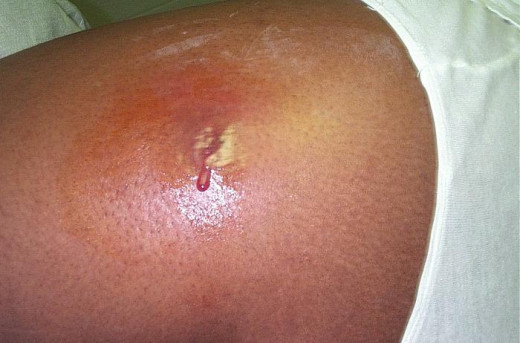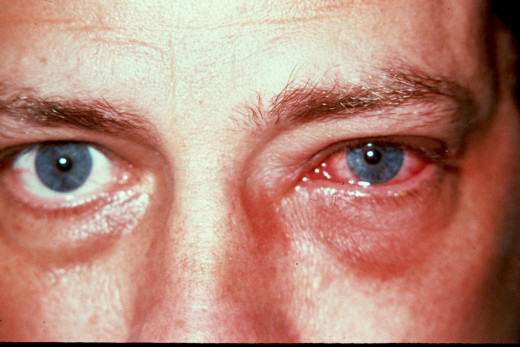General Infections: Health Implications, General Considerations And Their Sources
Infectious Diseases Manifestations

Infectious Diseases
Microbes abound in nature. They are mostly commensals, some are saprophytes, and a few are pathogens. Saprophytes are freeliving microbes which subsist on dead or decaying organic matter. The organisms capable of establishing themselves and multiplying in hosts are called parasites which may either be pathogens or commensals. Pathogens lead to damage of tissues and adverse effects on their hosts whilst commensals cause no harm to their hosts and exist In harmony. Under conditions of lowered host resistance, some of the commendals may become pathogenic.
Infection
Infection constitutes the lodging and multiplication of organisms in or on the tissues of a host. Diseases results only rarely as a consequence of infection, the majority being harmless to the host. Infection may be from external sources (exogenous) or from organisms harboured by the subject (endogenous or autochthonus). Primary infection refers to the initial infection of a host by a parasite. Subsequent infections by the same parasite in the same host is reinfection. If a host suffereing from an infectious disease is invaded by another organisms, it is secondary infection. If any particular tissue remains infected and maintains the infection as in the case of tonsils, gums or appendix, it is focal infection. If a person suffering from a disease is infected by a new organism from another host or external source, it is cross infection. Cross infection occurring in hospitals is termed nosocomial infection. Infections caused by a commensal bacterial in patients who receive intensive chemotherapy are superinfections. Superinfections are generally due to therapeutic interventions which lower the host’s resistance. Sometimes, organisms that ordinarily do not cause disease in health persons may affect individuals with diminished resistance. These infections are opportunist infections. When a pathogen remains in the tissues without producing any disease but leads to disease when the host resistance is lowered, is latent infection.
Infection Affecting The Eye

Sources Of Infection
Infection may be obtained from human, animal or other sources. The infecting agent may originate from a patient or a carrier. A carrier is a person who harbours the pathogenic organisms without suffering from it. A carrier who harbours the pathogenic organism without developing any disease due to it, is a healthy carrier. A convalescent carrier is the one who has recovered from the disease, but harbours the organism for much longer periods after recovery.
Man may acquire several infections from animals or birds. Animals which maintain the parasites in nature act as reserviour hosts. Infections transmitted from animals to man (zoonoses) may be bacterial (e.g. plague), rickettsial (e.g typhus), viral (e.g rabies), helminthic (e.g hydatid), or fungal (e.g, dermatophytes).
Some infections require the assistance of insect vectors for transmission. Insects may transfer microbes mechanically, (e.g domestic fly, spreading typhoid and cholera). Some pathogens multiply in the body of the vector and even undergo developmental cycles in it to enable them transmit to man, eg, anopheles mosquitoe in malaria. Such vectors are called biological vectors. Insects may act as reservoir hosts and maintain their infectivity for considerably long periods, eg, ticke-borne relapsing fever, mite-typhus. Successive generations of these vectors maintain the infection by transovarial or transdactal transmission. Other sources of human infection are the soil (e.g, Cl tetani), water (e.g, hepatitis virus) or food. Transmission of infection may be by direct contact, ingestion, inhalation, inoculation, or transplacental transmission.
© 2014 Funom Theophilus Makama









